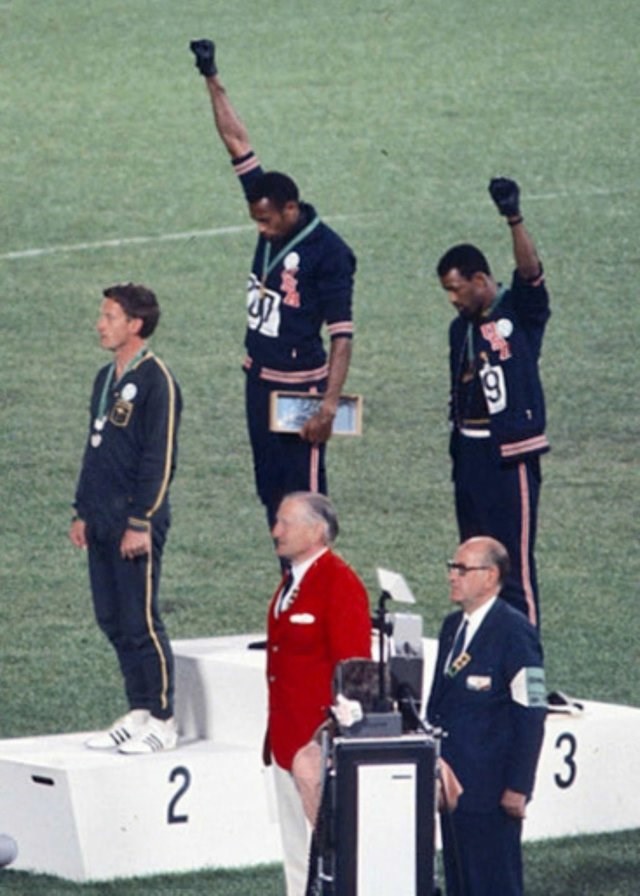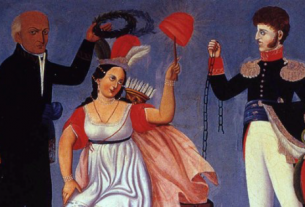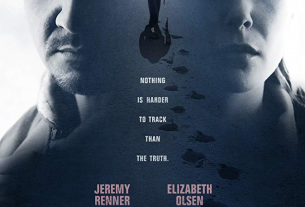By Path to Citizenship on the July 2019 Edition

Mexico first participated at the Olympic Games in 1900 and has sent athletes to compete in every Summer Olympic Games since 1924. Mexico has also participated in several Winter Olympic Games since 1928, though has never medaled in the Winter Olympics.
Mexican athletes have won a total of 69 medals with diving as the top medal-producing sport. The National Olympic Committee for Mexico is the Mexican Olympic Committee and was created in 1923. Mexico was the first Latin American nation to host the Olympic Games on one occasion, in 1968.
The 1968 Summer Olympics (Spanish: Juegos Olímpicos de Verano de 1968), officially known as the Games of the XIX Olympiad, was an international multisport event held in Mexico City, Mexico, from October 12th to the 27th.
These were the first Olympic Games to be staged in Latin America and the first to be staged in a Spanish-speaking country. They were the first Games to use an all-weather (smooth) track for track and field events instead of the traditional cinder track.
The 1968 Games were the third to be held in the last quarter of the year, after the 1956 Games in Melbourne and the 1964 Games in Tokyo. The Mexican Student Movement of 1968 happened concurrently and the Olympic Games were correlated to the government’s repression.
On October 18, 1963, at the 60th IOC Session in Baden-Baden, West Germany, Mexico City finished ahead of bids from Detroit, Buenos Aires and Lyon to host the Games.
The 1968 torch relay recreated the route taken by Christopher Columbus to the New World, journeying from Greece through Italy and Spain to San Salvador Island, Bahamas, and then on to Mexico. American sculptor James Metcalf, an expatriate in Mexico, won the commission to forge the Olympic torch for the 1968 Summer Games.
Tlatelolco massacre
Responding to growing social unrest and protests, the government of Mexico had increased economic and political suppression, against labor unions in particular, in the decade building up to the Olympics.
A series of protest marches in the city in August gathered significant attendance, with an estimated 500,000 taking part on August 27. President Gustavo Díaz Ordaz ordered the occupation of the National Autonomous University of Mexico in September, but protests continued.
Using the prominence brought by the Olympics, students gathered in Plaza de las Tres Culturas in Tlatelolco to call for greater civil and democratic rights and showed disdain for the Olympics with slogans such as ¡No queremos olimpiadas, queremos revolución! (“We don’t want Olympics, we want revolution!
Ten days before the start of the Olympics, the government ordered the gathering in Plaza de las Tres Culturas to be broken up. Some 5000 soldiers and 200 tankettes surrounded the plaza. Hundreds of protesters and civilians were killed and over 1000 were arrested. At the time, the event was portrayed in the national media as the military suppression of a violent student uprising, but later analysis indicates that the gathering was peaceful prior to the army’s advance.
Black Power salute
On October 16, 1968, African American sprinters Tommie Smith and John Carlos, the gold and bronze medalists in the men’s 200-meter race, took their places on the podium for the medal ceremony wearing black socks without shoes and human rights badges, lowered their heads and each defiantly raised a black-gloved fist as the Star Spangled Banner was played, in solidarity with the Black Freedom Movement in the United States.
Both were members of the Olympic Project for Human Rights. International Olympic Committee (IOC) president Avery Brundage deemed it to be a domestic political statement unfit for the apolitical, international forum the Olympic Games were in-tended to be. In response to their actions, he ordered Smith and Carlos suspended from the US team and banned from the Olympic Village. When the US Olympic Committee refused, Brundage threatened to ban the entire US track team. This threat led to the expulsion of the two athletes from the Games.
Peter Norman, the Australian sprinter who came second in the 200 m race, also wore an Olympic Project for Human Rights badge during the medal ceremony. Norman was the one who suggested that Carlos and Smith wear one glove each. His actions resulted in him being ostracized by Australian media and a reprimand by his country’s Olympic authorities. He was not sent to the 1972 games, despite several times making the qual-ifying time, though opinion differ over whether that was due to the 1968 protest.

When Australia hosted the 2000 Summer Olympics, he had no part in the opening ceremony, though the significance of that is also debated. In 2006, after Norman died of a heart attack, Smith and Carlos were pallbearers at Norman’s funeral.
Boycotting countries
North Korea withdrew from the 1968 Games because of two incidents that strained its relations with the IOC. First, the IOC had barred North Korean track and field athletes from the 1968 Games because they had participated in the rival Games of the New Emerging Forces (GANEFO) in 1966. Secondly, the IOC had ordered the nation to compete under the name “North Korea” in the 1968 Games, whereas the country itself would have preferred its official name: “Democratic People’s Republic of Korea”.
The full edition or view it online



